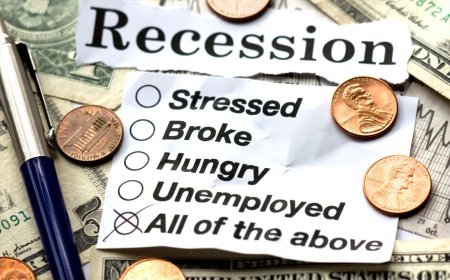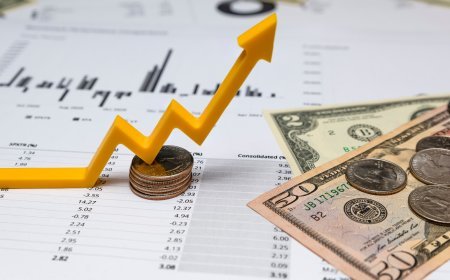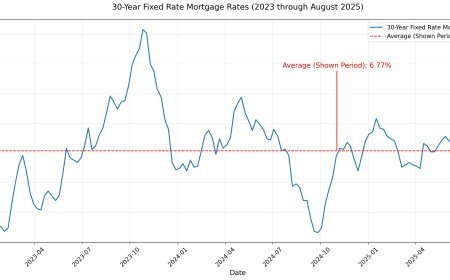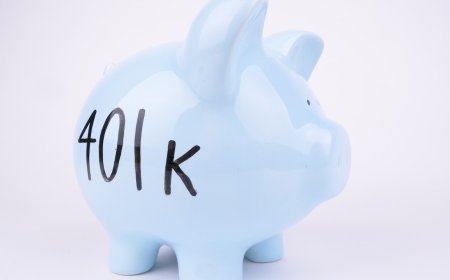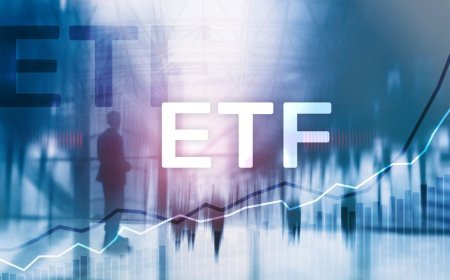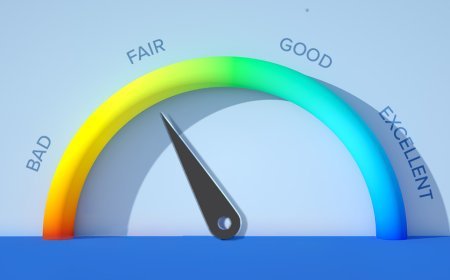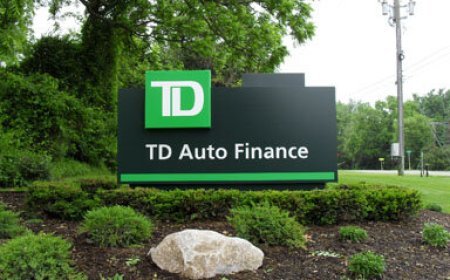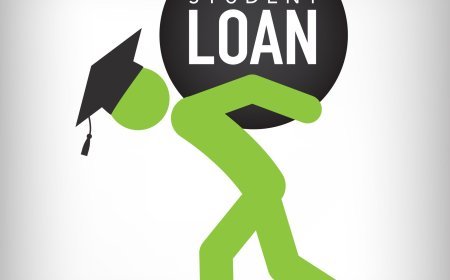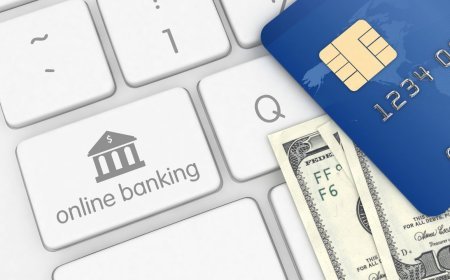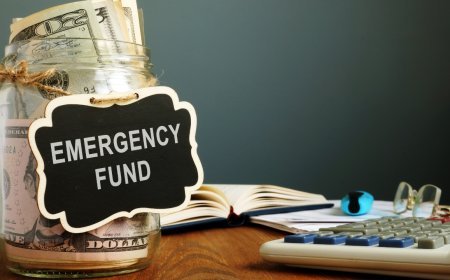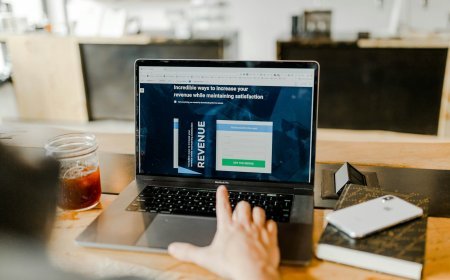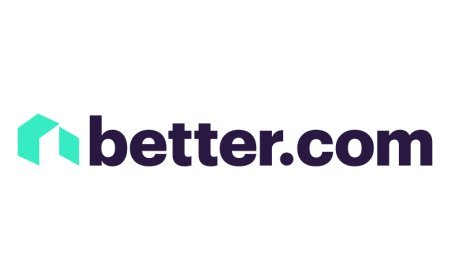Personal Loan Apps in 2025: Fast Cash or Hidden Traps?
In an era where financial needs can arise unexpectedly, personal loan apps have become a go-to solution for many Americans seeking quick funds. By 2025, these digital platforms promise convenience, speed, and accessibility, allowing users to apply from their smartphones and receive money in as little as a day. But beneath the sleek interfaces and enticing ads lies a double-edged sword: while they offer fast cash for emergencies, debt consolidation, or home improvements, they can also harbor hidden traps like exorbitant fees and predatory practices. This article explores the landscape of personal loan apps, reviewing popular options like SoFi and LendingClub, analyzing key factors such as interest rates, approval speed, and repayment flexibility, and spotlighting red flags to watch for.

Personal loan apps have surged in popularity due to their user-friendly design and rapid processing. According to recent analyses, the market for these apps continues to grow as consumers prioritize digital banking solutions.
Key Advantages
- Speed and Convenience: Most apps allow applications in minutes, with funds disbursed quickly—often within 24 hours.
- Accessibility: Many cater to a range of credit scores, making loans available to those who might not qualify through traditional banks.
- Flexibility in Use: Funds can typically be used for almost anything, from consolidating high-interest credit card debt to covering medical bills.
- No Collateral Required: Unlike secured loans, these are unsecured, meaning you don't risk losing assets like your home or car.
However, the cons can be significant. High interest rates for lower-credit borrowers can lead to costly repayments, and some apps charge origination fees that eat into the loan amount. Short repayment terms may result in high monthly payments, potentially trapping users in a cycle of debt if not managed carefully. In 2025, with economic uncertainties lingering, it's crucial to weigh these factors before tapping "apply."
Reviewing Top Personal Loan Apps: SoFi and LendingClub
To provide a balanced view, let's dive into two established players: SoFi and LendingClub. Both offer mobile apps for seamless borrowing, but they differ in terms, fees, and target audiences. We'll analyze their interest rates (expressed as Annual Percentage Rate or APR), approval speed, and repayment options based on the latest 2025 data.
SoFi Personal Loans
SoFi, known for its comprehensive financial services, has evolved into a powerhouse for personal loans by 2025. It appeals to borrowers with strong credit profiles seeking larger sums without excessive fees.
- Interest Rates: Fixed APRs range from 8.99% to 35.49%, including a 0.25% discount for autopay and another 0.25% for direct deposit. These rates are competitive, especially for those with good credit (typically requiring a score of 670 or higher). No-origination-fee structure keeps costs down—unlike some competitors, you won't pay upfront deductions from your loan amount.
- Approval Speed: Impressively fast; 82% of approved loans are funded the same day (excluding direct-pay options for debt consolidation). The application involves a soft credit check initially, preserving your score until final approval.
- Repayment Flexibility: Terms span 2 to 7 years, with fixed monthly payments. There's no prepayment penalty, allowing you to pay off early and save on interest. Autopay is encouraged for the rate discount, and options like debt consolidation include direct payments to creditors. Loan amounts go up to $100,000, making it ideal for big expenses.
SoFi stands out for its borrower perks, such as unemployment protection (pausing payments if you lose your job) and a focus on financial wellness tools within the app. However, higher rates apply to those with fair credit, and eligibility is stricter in some states.
LendingClub Personal Loans
LendingClub, a pioneer in peer-to-peer lending, has refined its app-based model to emphasize debt consolidation and smaller loans. It's particularly suitable for borrowers with average credit looking for straightforward terms.
- Interest Rates: APRs range from 7.04% to 35.99%, with the lowest available to excellent-credit applicants. Rates are fixed, but factor in an origination fee (0% to 8% of the loan amount), which reduces the funds you receive.
- Approval Speed: Funding can occur in as little as 24 hours post-approval, with 55% of loans disbursed within one business day from January to June 2025. The process is online, but approval time varies based on creditworthiness—expect a hard credit inquiry upon acceptance.
- Repayment Flexibility: Terms range from 24 to 84 months, offering longer windows than many apps for lower monthly payments. Fixed payments with autopay options are standard, and there's no prepayment fee. It's strong for debt consolidation, allowing direct creditor payments, and loans start at $1,000 up to $60,000.
LendingClub's strength lies in its inclusivity; joint applications can improve odds for better rates. However, the origination fee can make it pricier upfront, and it's not available in U.S. territories.
Comparative Analysis
| Feature | SoFi | LendingClub |
|---|---|---|
| APR Range | 8.99%–35.49% (with discounts) | 7.04%–35.99% |
| Loan Amounts | Up to $100,000 | $1,000–$60,000 |
| Terms | 2–7 years | 2–7 years |
| Origination Fee | 0% (up to 7% in some cases) | 0%–8% |
| Approval Speed | Same-day for 82% | 24 hours for 55% |
| Best For | Large loans, no fees | Debt consolidation, smaller loans |
Both apps score high in user reviews for ease of use, with SoFi edging out for fee-free borrowing and LendingClub for its debt payoff tools. In comparisons, SoFi is often recommended for higher-credit borrowers needing flexibility, while LendingClub suits those consolidating multiple debts.
Hidden Traps: Red Flags for Predatory Lenders
While reputable apps like SoFi and LendingClub prioritize transparency, the personal loan space is rife with predators in 2025. These lenders target vulnerable borrowers with bad credit or urgent needs, often through flashy apps promising "no credit check" loans. Here are key warning signs to avoid falling into a trap:
- Excessively High Interest Rates or Hidden Fees: If rates exceed 36% APR or include balloon payments (large lump sums at the end), it's a red flag. Predatory apps may bury origination fees, late penalties, or processing charges that inflate the total cost.
- Pressure Tactics: Lenders rushing you to sign without time to review terms or compare options are suspect. Legitimate ones encourage questions and provide clear disclosures.
- Too-Good-to-Be-True Offers: Promises of guaranteed approval regardless of credit history often lead to unfavorable terms. Bait-and-switch schemes—advertising low rates but delivering higher ones—are common.
- No Credit Check or Upfront Fees: Apps skipping credit checks may charge sky-high rates to offset risk. Demanding payment before disbursing funds is illegal in many cases.
- Aggressive Marketing and Lack of Transparency: If costs aren't clearly stated or questions go unanswered, walk away. Predatory lenders often use misleading ads or target low-income communities.
In 2025, regulatory bodies like the Consumer Financial Protection Bureau continue to crack down, but vigilance is key. Always check reviews on sites like the Better Business Bureau and verify the lender's legitimacy.
Navigating Personal Loans Wisely in 2025
Personal loan apps can be a lifeline for fast cash, but they're not without risks. Options like SoFi and LendingClub demonstrate how responsible lending works: competitive rates, quick approvals, and flexible repayments without predatory elements. Before applying, assess your needs—calculate total costs using loan calculators, compare multiple offers, and ensure repayments fit your budget to avoid debt spirals.
If you're considering a loan, start with a prequalification (soft credit check) to gauge terms without commitment. Remember, building credit through on-time payments can lead to better rates in the future. For those in financial distress, explore alternatives like credit counseling or community resources first. In the end, informed borrowing turns potential traps into tools for financial mastery.
What's Your Reaction?
 Like
0
Like
0
 Dislike
0
Dislike
0
 Love
0
Love
0
 Funny
0
Funny
0
 Angry
0
Angry
0
 Sad
0
Sad
0
 Wow
0
Wow
0


